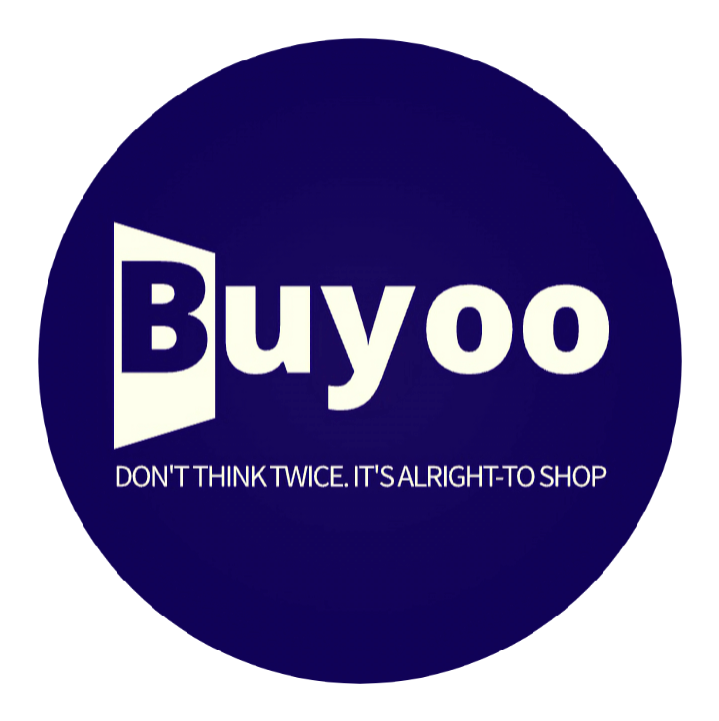The Rise of Online Shopping: Historical Context and Key Milestones
The concept of online shopping dates back to the early 1990s, a period marked by the advent of the World Wide Web. The introduction of the internet set the stage for what would become a transformative period in retail. One of the earliest milestones in online shopping was the launch of Amazon in 1994, which initially started as an online bookstore before evolving into a global e-commerce giant. Similarly, eBay, founded in 1995, introduced the world to online auctions, paving the way for new and diverse models of e-commerce.
As the internet became more accessible, the development of secure payment gateways in the late 1990s and early 2000s addressed significant consumer concerns regarding online transactions. Secure protocols like SSL (Secure Socket Layer) and the establishment of trusted platforms, such as PayPal, fostered a safer shopping environment, encouraging more consumers to make online purchases.
The rise of smartphones has further revolutionized online shopping. Mobile commerce, or m-commerce, gained momentum in the 2010s as smartphones became more prevalent. Retailers developed mobile-friendly websites and apps, allowing consumers to shop anytime and anywhere. This shift significantly increased the convenience and accessibility of online shopping, contributing to its exponential growth.
Technological advancements such as artificial intelligence (AI) have also played a crucial role in shaping the online shopping experience. AI-driven features like personalized recommendations, chatbots, and automated customer service have enhanced user experiences and streamlined operations for retailers. Additionally, social media platforms have become influential in online shopping behaviors, with features like shoppable posts and influencer marketing driving sales and consumer engagement.
The shift towards a global market has been another significant trend in the evolution of online shopping. E-commerce platforms initially focused on local markets but have now expanded their reach, breaking down geographical barriers and allowing consumers worldwide access to a variety of products. According to recent statistics, global e-commerce sales are projected to reach $4.9 trillion by 2025, underscoring the vital role online shopping plays in the modern economy.
Each of these milestones reflects the rapid evolution and significant impact of online shopping on consumer behaviors and the retail landscape.
The Future of Online Shopping: Innovations and Emerging Trends
The landscape of online shopping is poised for dramatic evolution, driven by technological advancements and shifting consumer preferences. One of the most significant game-changers is the incorporation of artificial intelligence (AI) and machine learning. These technologies are becoming crucial in personalizing shopping experiences by analyzing customer behavior and predicting their needs. Personalization algorithms tailor product suggestions, optimize pricing strategies, and provide customized shopping interfaces, enhancing customer satisfaction and boosting sales.
Meanwhile, immersive technologies such as augmented reality (AR) and virtual reality (VR) are transforming how consumers interact with products online. AR allows shoppers to visualize products in their environment before making a purchase, while VR offers virtual shopping experiences that mimic physical store visits. These innovations reduce uncertainty and improve the online shopping experience, potentially increasing conversion rates.
Blockchain technology is another emerging trend with significant implications for online shopping. By ensuring secure and transparent transactions, blockchain can enhance trust between retailers and consumers. It provides a decentralized ledger system that is secure and difficult to manipulate, making it ideal for protecting sensitive customer information and securing financial transactions.
The subscription-based shopping model is also gaining popularity. This model provides steady revenue for retailers and offers conveniences, such as regular delivery of consumables and personalized curation of products. This trend is particularly noticeable in industries such as beauty, fashion, and meal kits, where consumers appreciate the consistency and the tailored offerings.
The advent of 5G technology will revolutionize online shopping by enabling faster and more reliable internet connections. This technological advancement will support richer multimedia content, seamless live streaming, and quicker website load times, enhancing the overall user experience. Retailers can harness 5G to offer more interactive and high-quality shopping experiences.
Sustainability is progressively becoming a critical factor in consumer choice. Eco-conscious shoppers are gravitating toward brands that prioritize sustainable practices, from eco-friendly packaging to ethical sourcing of materials. Retailers are responding by integrating greener practices to meet consumer demand and improve their brand image.
Data analytics and customer insights are driving smarter retail strategies. By leveraging big data, businesses can perform predictive shopping analyses, determining what products will be in demand and personalizing marketing efforts to target specific customer segments. This data-driven approach facilitates efficient inventory management and enhances customer satisfaction.
Industry experts forecast a continued focus on integrating emerging technologies and prioritizing sustainability. They envision a seamless, personalized, and secure online shopping experience that continually evolves to meet consumer demands. As retailers adapt to these trends, they will be better positioned to thrive in the competitive online shopping market.
